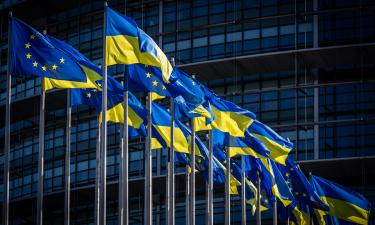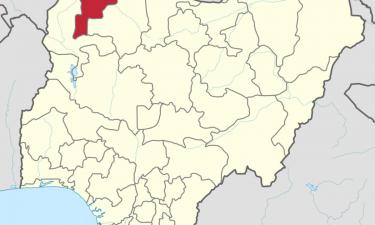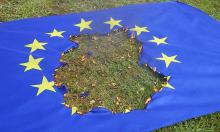International inspectors leave for military facility 20 km away from Baghdad
On Wednesday, the international inspectors in Iraq left for a military facility situated 20 kilometres east of the Iraqi capital.
A cavalcade of white cars with the UN symbols is accompanied by representatives of the Iraqi authorities and numerous journalists.
The inspectors left their residence in the Canal Hotel at the scheduled time, at 8.30 a.m. Moscow time.
At a news conference in Baghdad on Tuesday the head of the United Nations Monitoring, Verification and Inspection Commission /UNMOVIC/ group Demetrios Perricos and his colleague from the International Atomic Energy Agency /IAEA/ Jacques Baute did not name the facility to be inspected first.
Perricos and Baute announced that the inspectors would not notify the Iraqi side. "The immediate access" to facilities under inspection will enhance the authenticity of the inspections' results, stressed participants in the news conference dedicated to the technical aspects of the future inspections.
During the inspection the facility will be totally blocked - not a single car will be able either to enter it's territory or leave it. If the facility is situated on a large territory and has a few entries, the situation will be controlled from board a helicopter which is due to arrive in Iraq in mid-December.
If necessary, the inspectors will be accompanied by doctors, signallers, programmers, combat engineers, translators and other experts.
Apart from them, access to the facility will only be given to representatives of the UN Iraqi inspection programme, as it was the case in previous years. They will help establish contacts with the personnel and ensure security.
If signs of mass destruction weapons production are discovered during inspections, the inspectors will have the right to confiscate the material and assume control over it. Its further destiny will be decided at consultations with the UNMOVIC head office in New York and the IAEA headquarters in Vienna. Moreover, the inspectors will be equipped with special communication devices protected from outside control and be given safe rooms.
After four years of office work the inspectors will be able to take a personal look at any of Baghdad's activities. According to the heads of the inspection teams, this matters most.
In addition, the UN inspectors will have a large arsenal of technical means at the disposal.
For example, it will be possible to immediately send photos taken at inspected facilities to the head offices of UNMOVIC and IAEA to compare them with those taken a few year ago.
The inspectors will be able to determine if the facilities were empty a year or two ago through air or dust tests in empty rooms, or how they were used if they were not empty. The tests could be analysed by special equipment installed in the UNMOVIC and IAEA headquarters in Baghdad, at a mobile lab which is due to arrive in Iraq soon or sent for an expertise to any country of the world.
Commenting on the so-called "double-purpose" equipment, Demetrios Perricos said that tracking cameras and sensors would be installed at the factories that are thought to have such equipment. These devices will establish if the equipment is used improperly.
It was said at the news conference that the inspectors had technical devices and ideas on how to determine if Iraq has mobile labs or underground factories developing weapons of mass destruction of which much was reported by foreign media.
This time, unlike their predecessors, the inspectors are given much greater powers and authorities. They are given access to any facilities in Iraq, including Saddam Hussein's palaces and the presidential guard's barracks.
In this respect, the heads of the UNMOVIC and IAEA inspection teams in Iraq said they could not "guarantee" that any "sensitive" information the inspectors may obtain during inspections would not be sent to any other address but that of the UN.
Baghdad claims that many inspectors who worked in Iraq in 1991-1998 were caught spying.
Subscribe to Pravda.Ru Telegram channel, Facebook, RSS!





